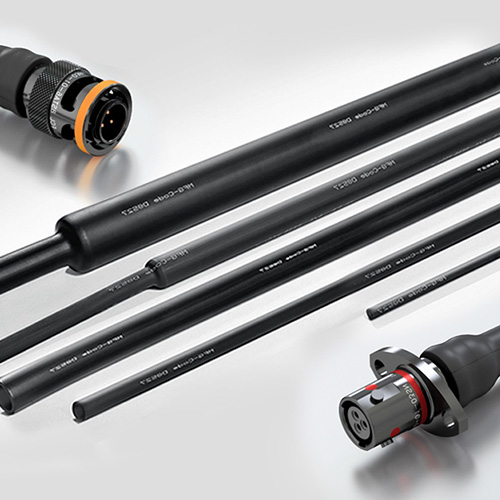 Heat shrink tubing is a versatile and durable material used for insulation, protection, and bundling of wires and cables. Proper maintenance ensures its longevity and effectiveness. Here are some tips for maintaining heat shrink tubing:
Heat shrink tubing is a versatile and durable material used for insulation, protection, and bundling of wires and cables. Proper maintenance ensures its longevity and effectiveness. Here are some tips for maintaining heat shrink tubing:
1. Inspect Regularly
- Check for Damage: Regularly inspect heat shrink for cracks, cuts, or abrasions. Damaged tubing should be replaced immediately to avoid exposing cables.
- Look for Discoloration: Overheating or chemical exposure can cause discoloration, indicating the need for replacement.
2. Avoid Overheating
- Use Appropriate Heat: Apply heat evenly using a heat gun or approved heating device. Excessive heat can damage the tubing or underlying wires.
- Follow the Manufacturer’s Instructions: Each type of heat shrink has a specific shrink temperature. Ensure you use the correct temperature range.
3. Clean Before Application
- Remove Debris: Ensure the surface of wires or cables is clean, dry, and free from oils or dirt. This ensures proper adhesion and protection.
- Avoid Contamination: Use gloves if necessary to prevent oils from your hands from contaminating the heat shrink or wires.
4. Store Properly
- Keep in a Cool, Dry Place: Store unused heat shrink tubing in a controlled environment to prevent premature degradation.
- Protect from UV Light: Long-term exposure to sunlight can weaken some types of heat shrink materials.
5. Choose the Right Size and Material
- Proper Fit: Use the correct size of heat shrink tubing that will tightly fit over the components once shrunk.
- Material Selection: Select tubing made from materials suited to the environment, such as flame-retardant or chemical-resistant types for specific applications.
6. Avoid Mechanical Stress
- Prevent Stretching: Do not overstretch the tubing during installation. Overstretched tubing is prone to tearing and reduced insulation performance.
- Protect Against Abrasion: Avoid excessive friction or movement around sharp edges that could wear down the tubing.
7. Use Adhesive-Lined Tubing for Added Seal
- For added moisture and environmental protection, opt for adhesive-lined heat shrink tubing. Ensure the adhesive bonds properly during the heating process.
8. Plan for Replacement
- Lifespan Awareness: Heat shrink tubing can degrade over time, especially in harsh environments. Replace it periodically to maintain insulation and protection.
- Monitor Critical Applications: In high-risk areas, schedule regular inspections and replacements to prevent failures.
By following these maintenance tips, you can extend the life of your heat shrink tubing and ensure reliable performance in various applications.


